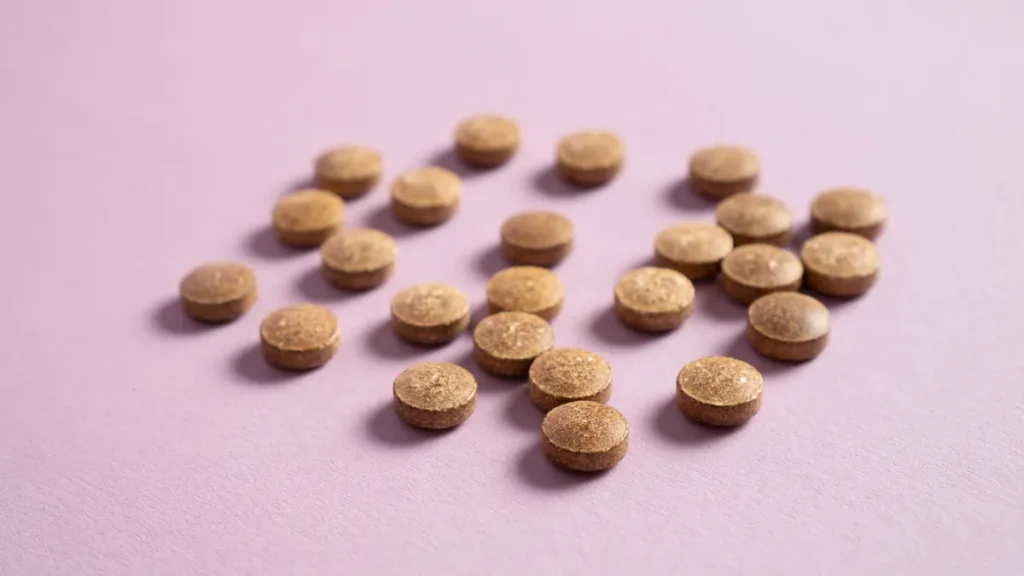Unveiling the True Power of the Mediterranean Diet
In this episode of Lifestyle Matters.
Can the Mediterranean diet truly help reduce our risk of cardiometabolic, neurodegenerative and cancer related diseases? Does it truly live up to all its glory?’
This week, we focus on what the Mediterranean diet is and the evidence behind some of its benefits.
The ‘true’ form of the Mediterranean diet (MedDiet) is very different from what we know of it today. The classical form of a MedDiet is a whole- foods plant based diet rich in MUFAs and PUFAs, legumes, beans and wholegrains with moderate consumption of red wine with little saturated fat.
(The Australian Guidelines recommend no more than 4 standard drinks / day, capped at 10 standard drinks / week)
The food pyramid below gives us a general overview on the diet:

This diet was popularised in the 60s by Ancel Keys who conducted the Seven Countries Study in which he studied lifestyle factors that affect our risk of developing heart disease.
He demonstrated that hypertension, hypercholesterolemia, and diabetes are undoubtedly risk factors for heart disease. In the same study he also discovered that a diet high in fibre, MUFAs and PUFAs along with low sugar intake i.e < 25gram / day can reduce risk of heart disease and all-cause mortality. This is exactly what the MedDiet is all about.
Other studies, including the Lyons Diet Heart Study, looked at the protective effect of the MedDiet which demonstrated protective heart effects of the diet such as a 73% relative risk reduction for fatal and non-fatal heart attacks , 70% relative risk reduction for overall cause mortality , and significant risk reductions in developing clots in the lungs and legs.
The Predimed Study was another study showing a possible link between high consumption Extra Virgin Olive Oil (EVOO) and risk of breast cancer reduction. Both olive oil polyphenols and Oleuropin have been implicated in this.
Other potential benefits that have been investigated and demonstrated through various studies include:
-
A 50% lower risk of all-cause cancer mortality in certain cancers including prostate, colorectal, head and neck cancers, gastric and pancreatic cancer
-
Reduction in neurocognitive disorders such as dementia, Alzheimers Disease
-
Improve diabetes control – Hba1c reduced from 0.1-0.6% almost comparable to some pharmacological interventions
-
Reduction in the risk of progression to Metabolic Syndrome
-
Weight loss
Our awareness of the benefits we can gain from the MedDiet are increasing. This coupled with the fact that it is certainly not a difficult diet to follow, makes this diet quite favourable.


 Login
Login












